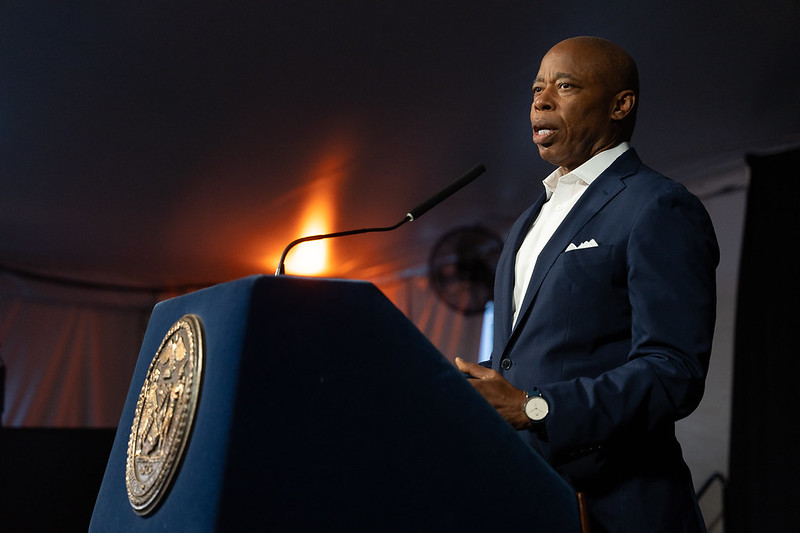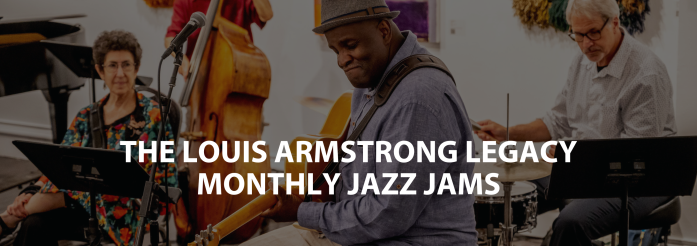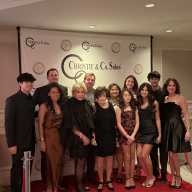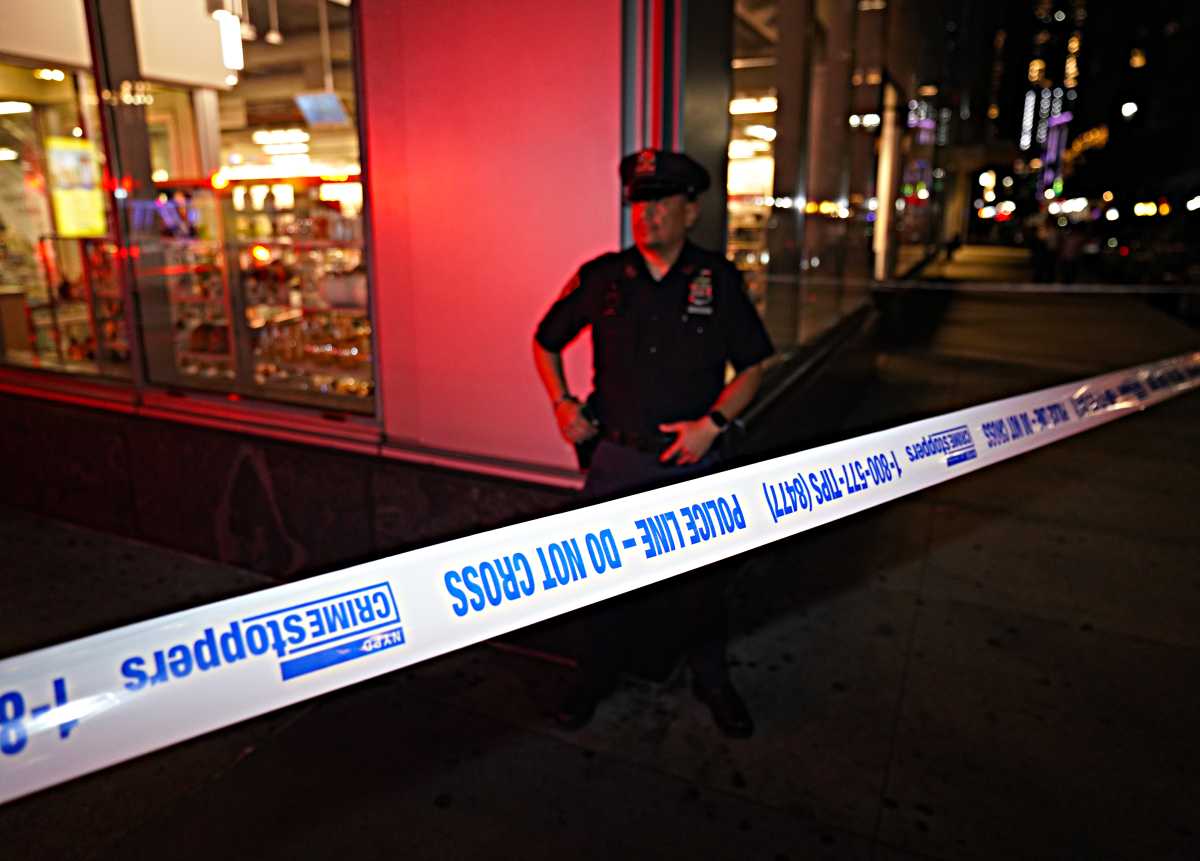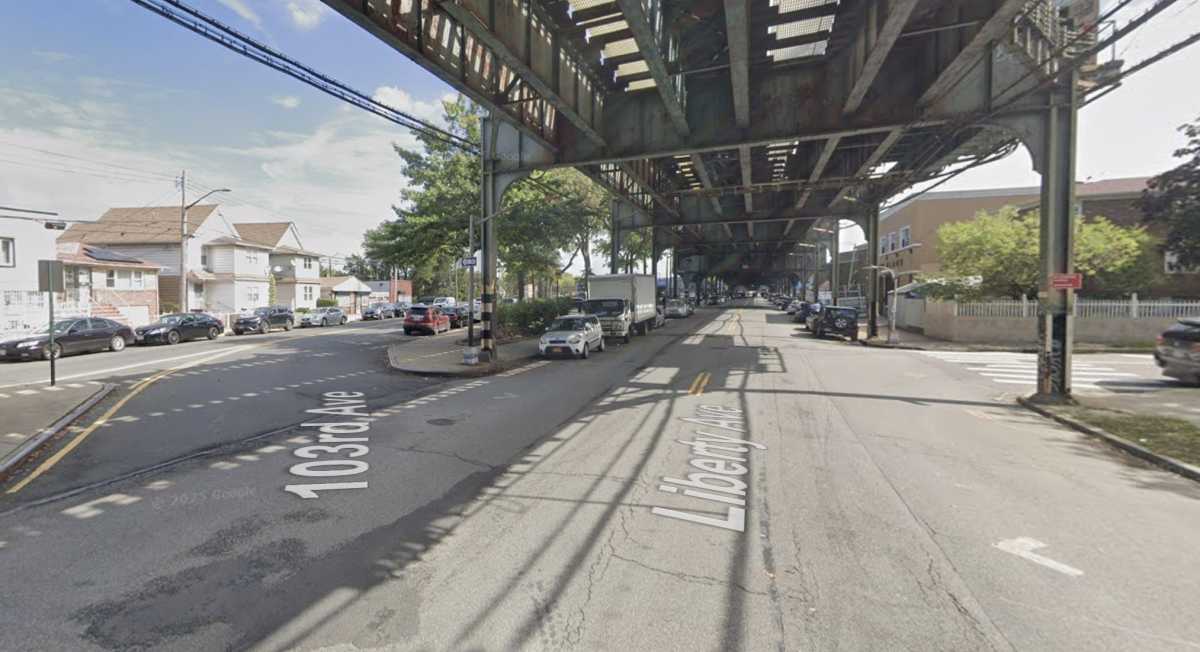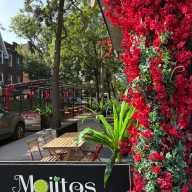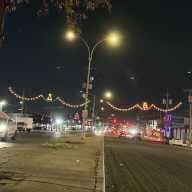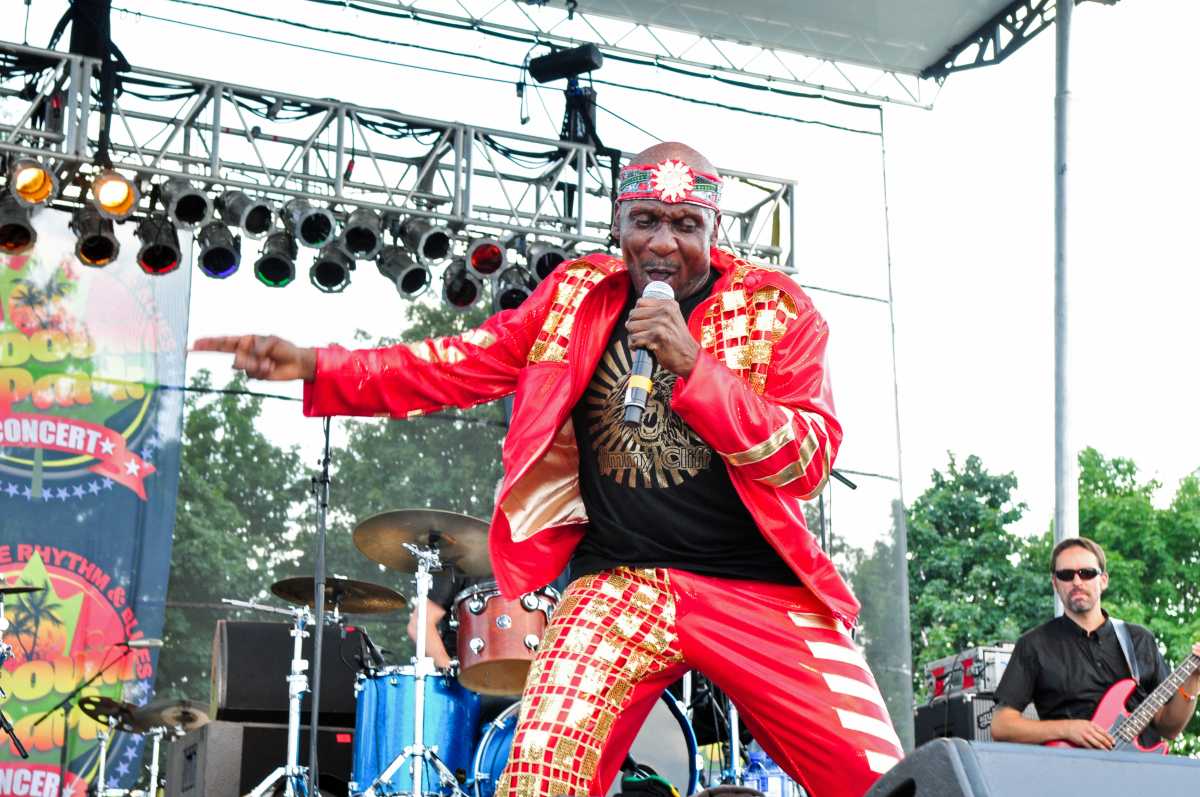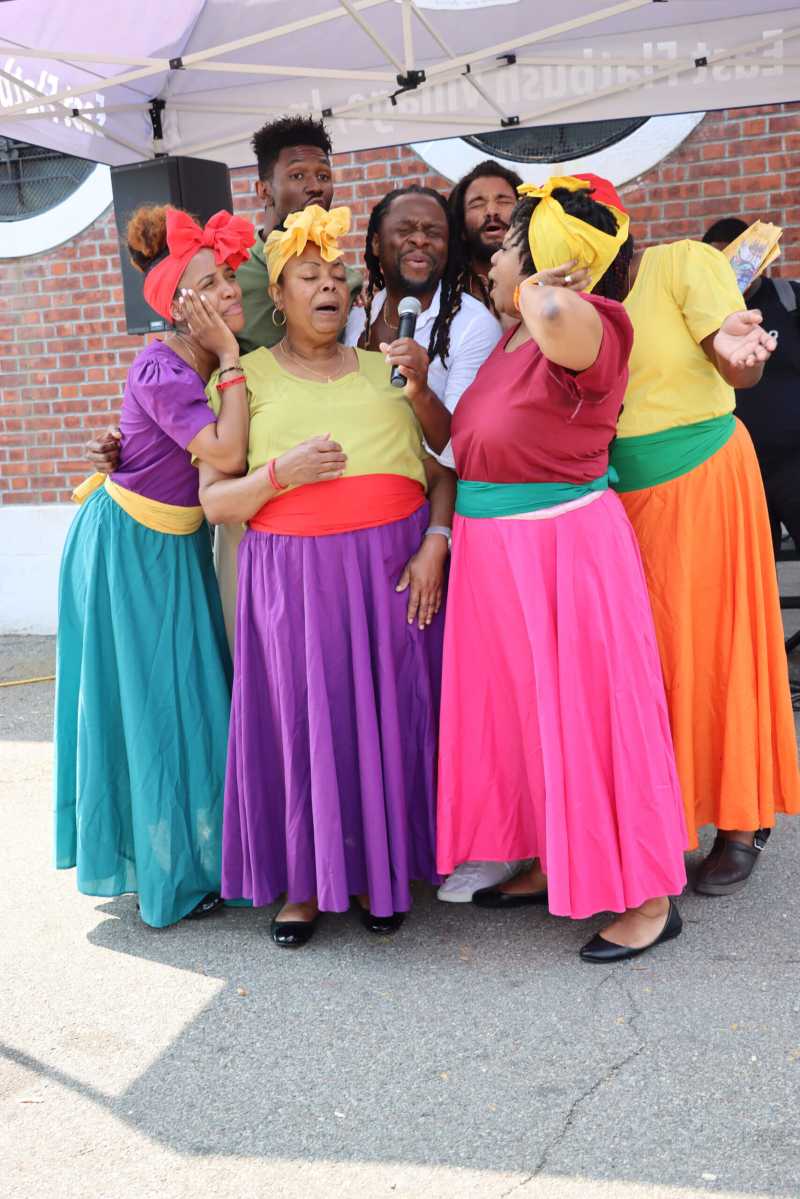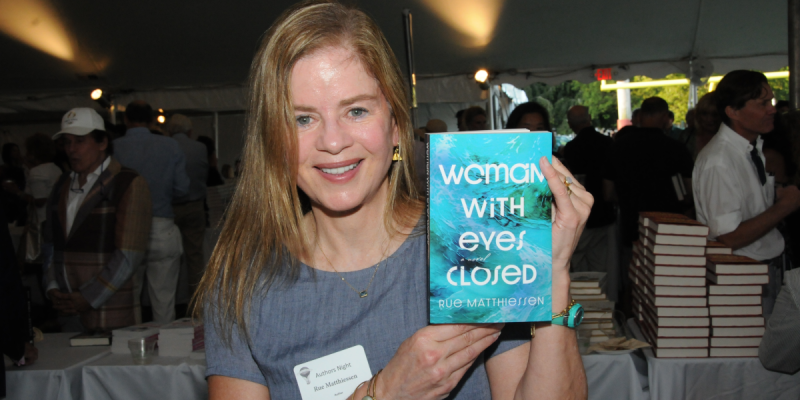By Tom Allon
When I went to Columbia Journalism School in 1985, we were taught that good journalism “comforts the afflicted and afflicts the comfortable.”
Sydney Schanberg life’s work embodies that motto.
Schanberg died July 9 and the perilous craft of investigative journalism lost yet another of its finest.
He was best known for his courageous war-zone reporting from Cambodia during the fall of Phnom Penh in 1975 and his chronicling of the savage genocide by Pol Pot and the Khmer Rouge. He won a Pulitzer for that but, more importantly, he showed the world another side of himself through his close relationship with his Cambodian interpreter, Dith Pran.
Schanberg and Pran saved each other’s lives during this period and forged a bond that was recorded in Schanberg’s best-selling book, “The Death and Life of Dith Pran.”
That book made it to the big screen (“The Killing Fields”) and the relationship between Schanberg and Dith, played by Sam Waterston and Dr. Haing S. Ngor, was witnessed by millions who learned of this brutal episode in history.
Schanberg was a prickly, hard-bitten journalist who didn’t suffer fools. When he returned from Cambodia, he was on the fast track at The New York Times: first as metropolitan editor and then as an op-ed columnist, covering metro matters. A column at The Times is generally akin to an appointment to the Supreme Court—you either retire or die in that post.
But Sydney Schanberg wasn’t your typical columnist and he wasn’t your typical Timesman. He always spoke truth to power, going after rapacious developers like Donald Trump and Harry Macklowe, and shining a light on other miscreants in Gotham.
His unrelenting criticism of The Times’ coverage of Westway, a controversial waterfront road project that will forever be linked to Donald Trump, ultimately led to his demise. He was unceremoniously dumped from the op-ed page and he became a media wanderer for the next few decades.
I got to know Schanberg in 1985 at The Times when I interviewed to be his assistant. We had a candid conversation, he seemed to like me and I walked out feeling good about my prospects. And then a phone call from him came two days later. “I’m not going to hire you,” were the disarmingly candid words he uttered. “But I’d like you to freelance for me and do research for some of my investigative columns, OK?”
Sure, I replied, and we vowed to get together in a few weeks to discuss this potential gig.
It never happened, however, because shortly thereafter his column was discontinued.
Fast forward 15 years later and I was the publisher and co-owner of a group of weekly newspapers in Manhattan. I had an idea to start a political weekly newspaper titled “City Hall.” I was looking for a high-profile editor. I called Sydney Schanberg. He was available and he liked my idea.
For the next few months we worked together on the paper. He was happy to create a hard-hitting publication that would shine a light on malfeasance in city government. He mocked up a number of front pages and interior sections in pencil, all with creative ideas and biting sensibility. This was in August 2001. We planned a launch date of October that year.
But alas, the Twin Towers came tumbling down a few weeks later and it was not a propitious time to launch a newspaper in Lower Manhattan, where the air still reeked of 9/11.
Sydney Schanberg gracefully told me that he understood our poor timing and that he was going to move on, but to keep in touch if we ever wanted to revisit the City Hall newspaper idea.
I eventually was able to launch that newspaper in 2006, five years later, incorporating some of Sydney’s ideas and zeal for covering government.
And now, as I plan the 10th anniversary issue and gala for the publication we first conceived in 2001 (now called City and State), comes word of Sydney Schanberg’s death at 82 of a heart attack.
I hope that his passing can be a lesson to all of us who toil in media that we can give in to the better angels of our nature and be more like Sydney Schanberg. His reporting from Cambodia, his extraordinary friendship with Dith Pran, his tough-nosed columns about New York’s rogues gallery of characters, they all added up to an extraordinary career.
Tom Allon, president of City & State NY, was a Republican and Liberal Party-backed mayoral candidate in 2013 before he left to return to the private sector. Reach him at tallo



